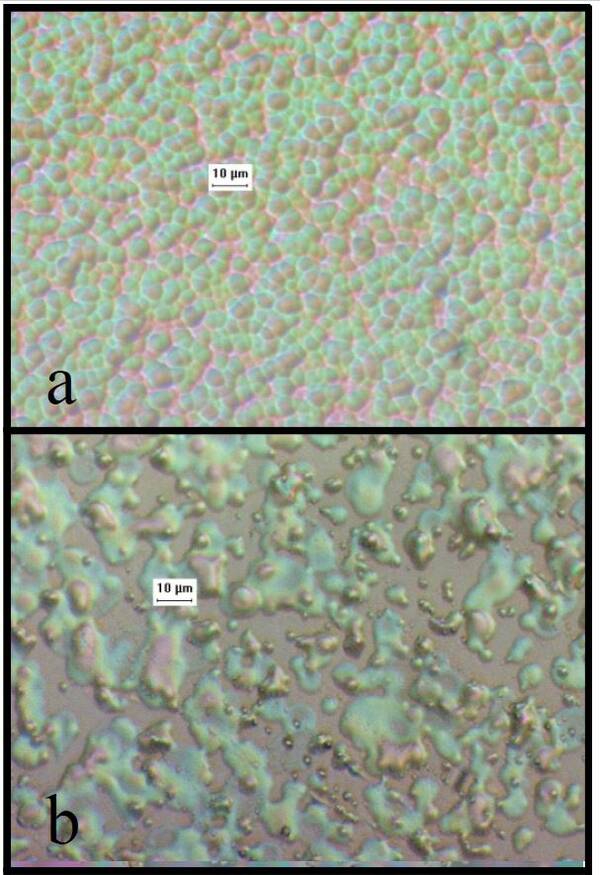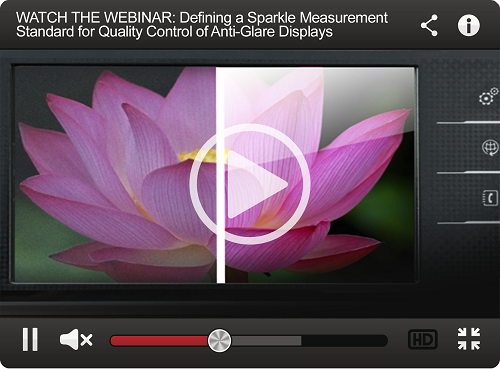Let the Sunshine In: Optimizing Display Performance with Anti-Glare Treatments
If you’re in the driver seat of an automobile, cockpit of an airplane, or the bridge of a boat, you have a range of displays and controls to provide information that's critical for safe operation. You have to be able see performance indicators and navigational data clearly at all times, regardless of variable environmental conditions.
The displays that we rely on outdoors and on-the-go—such as automotive, aviation, marine, and even kiosk displays—are subject to harsher conditions than, say, your living room television set or office computer. Sun and UV light exposure, humidity and water (or salt water), motion and vibration, and temperature fluctuations can all impede or degrade display performance.

Clockwise from upper left, examples of an ship-board marine display, passenger jet cockpit, outdoor touchscreen kiosk, and automotive dashboard—they all must remain clear and readable even in direct sunlight.
Demands of Sunlight-Readable Displays
One of the biggest challenges for displays designed for these scenarios is, of course, sunlight. Displays embedded in dashboards and cockpits must be readable in direct sunlight and as the angle of sunlight changes, which causes reflective glare off the screen.
There two primary ways to increase readability. The first method is to make the screen brighter to improve visibility in sunlight. Screen brightness can be adjusted to account for various visibility scenarios. "Display brightness is measured in nits. Typical LCD panels have a screen brightness between 250 nits to 450 nits. LCD brightness of 800 nits or higher is generally considered sunlight readable, but most sunlight-readable displays are 1000 nits.”1
The second method to ensure readability of displays in ambient-light scenarios is to incorporate anti-glare (AG) or anti-reflective (AR) layers. A non-reflective coating, film, or layer helps diffuse sunlight and reduce the light reflectance of a display surface, thus increasing readability.
For example, the diffuser material between an LED backlight and LED pixels may be “transflective," meaning it both transmits and reflects light. “The transflective material is similar to reflective sunglasses or a one-way window, where the shiny side is facing the LCD surface. When transflective material is used, the sunlight entering the LCD panel travels through the pixels, bounces off the transflective material, and is reflected back through the pixels to your eyes. In this case, the sunlight has much less of an impact on viewability than a traditional LCD panel, as the sunlight is reflecting back through the LCD pixels and contributing to the LCD brightness.”2
Many industries use a combination of methods. For instance, marine display manufacturers use both brightness settings and coatings to make displays more visible and rugged for ship-board environments. Techniques include:
- Special coatings to combat salty environments
- Brightness at or above 1000 nits
- Contrast ratio at 1000:1 or more
- High-quality lamination
- High-quality optical bonding material designed to withstand high temperatures and humidity
- Modular designs that hold up against rigid environments
- Increased viewing angles3
Anti-Glare Treatments and “Sparkle”
An AG film or coating can be applied to a display’s surface to reduce glare and makes the display easier to read.

Example of an untreated automotive display panel in sunlight (left), where glare from light and other reflected images makes it difficult to see. The same display panel after application of an AG coating (right), which minimizes reflection of light and background images, ensuring clear visibility for operating data for the driver. (Image: Source)
AG films and textures are applied to displays to reduce spectral (mirror-like) reflection from the display glass or plastic. AG coatings are actually a micro-pattern or roughened texture on the substrate surface or immediately below the substrate’s outer layer that uses diffusion mechanisms to break up the reflected light off the surface. The AG microstructures act as small lenses, so the variable surface structure of the AG film causes ambient light to be diffused evenly, improving display visibility.

Example of the microstructure of an AG layer.4
However, while successfully reducing the sun’s reflection, AG films and coatings can also introduce new issues that display manufacturers must address. When the light from the display is emitted through the AG layer, “visual noise” can occur in the form of a grainy appearance, dots, or haze—reducing the display’s clarity. This interference is called “sparkle”.

Measurement images captured by an image-based display test system show how the application of the AG layer (right) introduces visual properties including sparkle, haze, and diffusion (left).
Sparkle occurs when the facets of the AG microstructure compete with the pixel geometry of the display. As display pixels approach the size of the facets in the AG film structure, light emitted from each display pixel is refracted by AG surface variations that cross the pixel areas, causing interference and scatter. It’s a delicate balance. Display makers want to optimize AG layers to:
- Maximize the diffusion of sunlight, while at the same time…
- Minimize the impact of sparkle on display visibility.
A key challenge in the manufacture of AG displays is to ensure sufficient variation in the AG surface to reduce unwanted reflections, without sacrificing the clarity and resolution of the displayed image through the AG layer. One way to strike the balance is to quantify the sparkle effect of an AG display as it appears to human observers, to determine the optimal combination of display pixel structure + AG layer microstructures that will eliminate perceptible interference. Quantifying acceptable AG performance can help manufacturers compare the severity of sparkle effects and reduce AG coating/texture level variability from display to display.

Examples of (a) acid-etched anti-glare surface and (b) a sol-gel sparayed surface. Nanoparticles and other techniques can also be used to create a roughened anti-glare treatment.5
Measuring & Quantifying AG Display Performance
A standard measurement method should determine a quantifiable sparkle value and repeatably correlate it to human perception studies to understand what level is acceptable to the human observer, and what falls below acceptability. Until relatively recently, the lack of a repeatable measurement method for sparkle has been a barrier to defining standard quality control processes. Based on extensive lab testing at its headquarters facility in Redmond, Washington, U.S.A.—along with studies at automotive OEM customer facilities—a standard sparkle measurement method was recently defined by Radiant Vision Systems.
Radiant’s approach produces quantifiable results that consistently correlate measured sparkle to human visual perception of quality in AG displays, enabling automakers to meet objective quality standards using automated display test processes. Using high-resolution ProMetric® Imaging Colorimeters and Photometers, the Radiant Sparkle Measurement Method is the first to allow OEMs to set a numeric tolerance (for instance, less than 2% measured sparkle) for displays supplied by their vendors, ensuring a consistent level of quality across all displays regardless of supplier, product, or time and location of testing.
To learn more about sparkle measurement and Radiant’s studies to identify standard test system specifications and measurement parameters, watch our recent webinar: “Defining a Sparkle Measurement Standard for Quality Control of Anti-Glare Displays.” In the webinar, Matt Scholz, Automotive Business Leader at Radiant Vision Systems, presents a method for repeatable sparkle measurement across users, devices, and systems, with quantifiable results that correlate to human visual perception of display quality. Topics covered include:
- The effect of sparkle on visual display quality
- Standard system specifications and method for repeatable sparkle measurement
- Setting a sparkle tolerance based on human visual perception
- Customer case study at automotive OEM

CITATIONS
- Hovanets, C., “What is a sunlight readable display?”, Teguar.com, April 3, 2019. (Retrieved March 24, 2021)
- Ibid.
- “Requirements for a Marine Application Display”, USMicroProducts.com, (Retrieved March 24, 2021)
- Nuijs, A., and Horikx, J., “Diffraction and scattering at anti-glare structures for display devices,” Applied Optics 33(18):4058-4068, 1994. DOI: https://doi.org/10.1364/AO.33.004058
- Huckaby, D., and Cairns, D., "Quantifying "Sparkle" of Anti-Glare Surfaces", SID Display Week Digest 2009, 36.2.
Join Mailing List
Stay up to date on our latest products, blog content, and events.
Join our Mailing List
